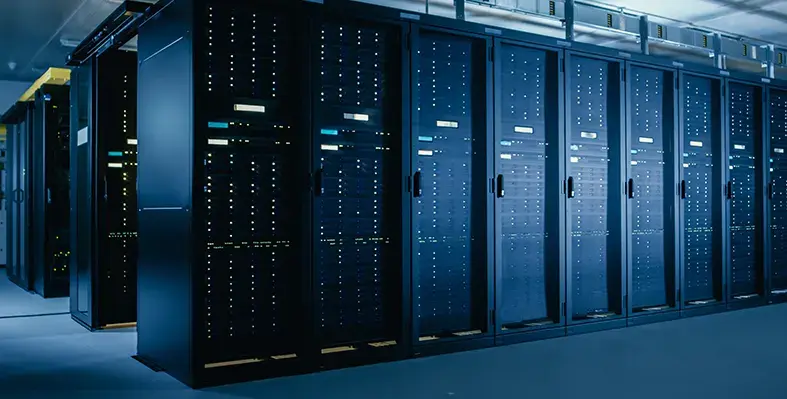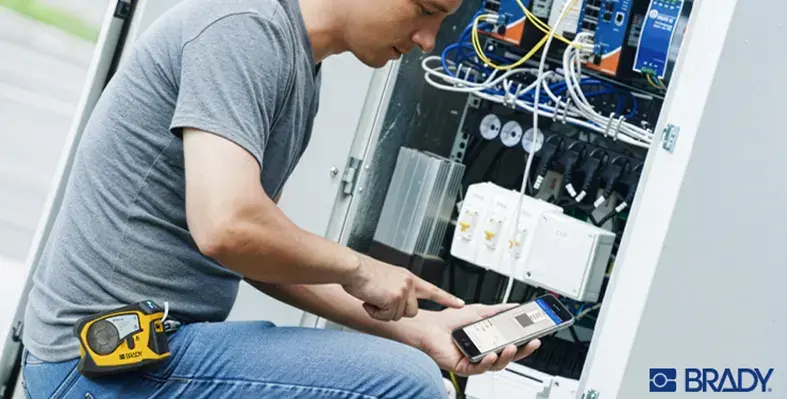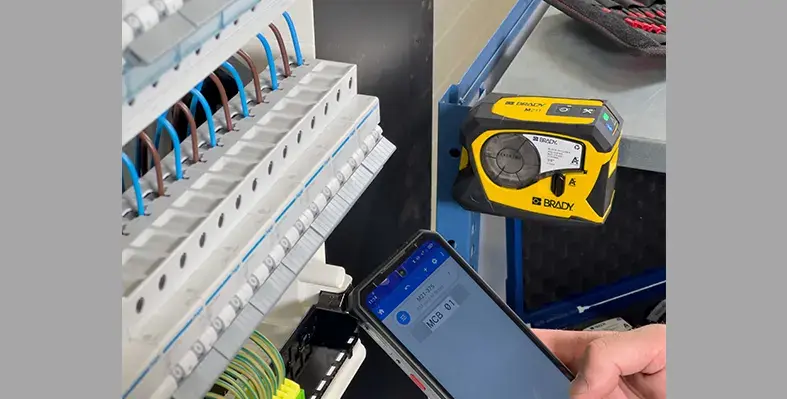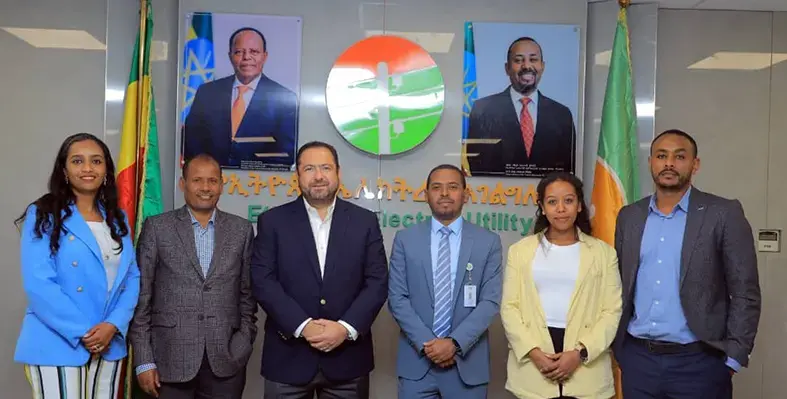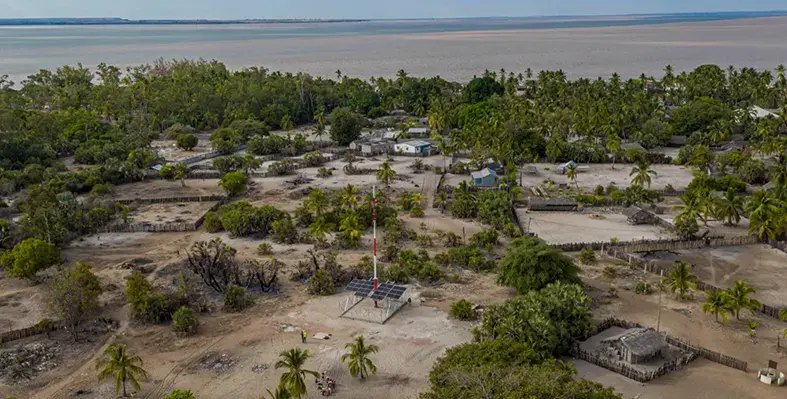Oni-Tel Fibre Networks, a leading fibre optic cable infrastructure provider in South Africa, has unveiled its Inter-Data Centre Fibre Network, with Digital Parks Africa (DPA) acting as the first point of presence (PoP)
This high-speed fibre backbone links all major data centres across Gauteng, delivering seamless, low-latency connectivity between facilities and opening new opportunities for enterprise and cloud infrastructure.
The launch represents a major advancement for the region’s digital infrastructure, positioning Oni-Tel to:
-
Be the first provider to introduce new infrastructure access models through a purpose-built network designed for data centre interconnectivity (DCI) and external links, including Carrier Points of Presence (PoP), Carrier Hotels, and Campus Cross-Connects.
-
Lead in deploying next-generation technology combined with innovative commercial frameworks.
-
Act as a key disruptor in the data connectivity sector, transforming how businesses approach interconnectivity and scaling.
A new era of participation and innovation
At the official launch held at DPA’s Midrand headquarters, Oni-Tel CEO Andre Pillay said the company is moving fast, living boldly, and entering a new era of participation and innovation in the market.
“We are focused on resilient architectures, future-proof infrastructure, and intelligent monitoring platforms that transform how we manage and secure critical assets. We see a growing technical need for stability, scalability and speed, and that is why we are investing in robust infrastructure,” he explained.
“To date, we have laid over 70km of cutting-edge fibre, purpose-built for high-speed and low-latency, ready for future demands of digital connectivity. With a proactive approach, our core network is pre-provisioned to enable time-critical requirements to be met seamlessly and on schedule.”




